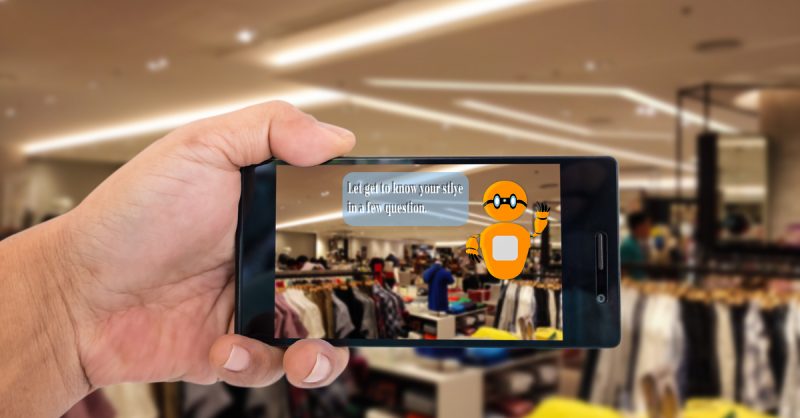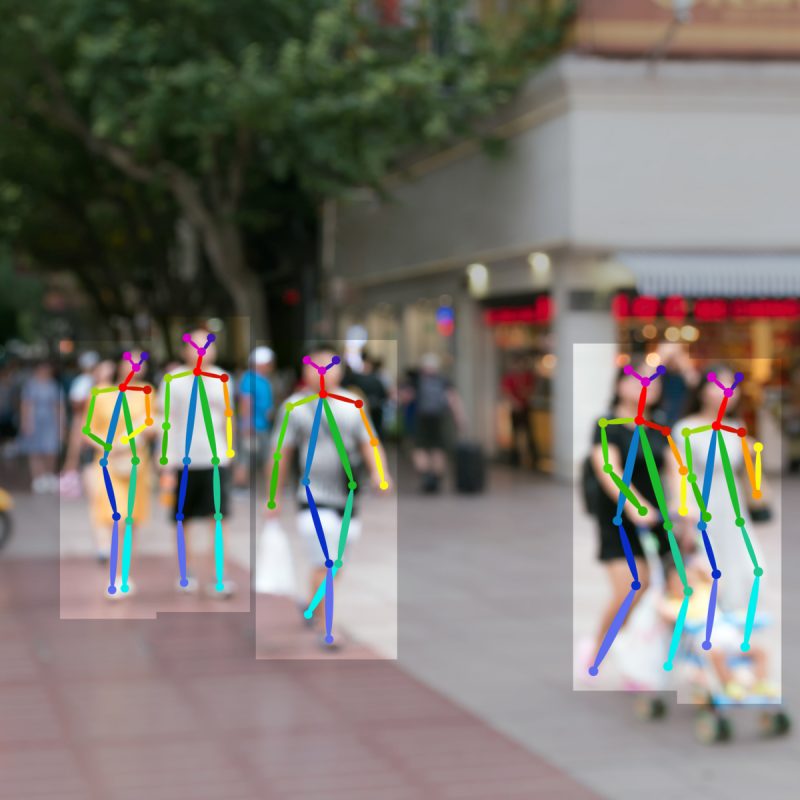Estimated reading time: 2 minutes
 Deep learning is so much more than advanced machine learning, and can handle much larger quantities of data very quickly for common retail applications. The predictive power of deep learning works to increase online ad responses without increasing overall advertising spends. DL can deliver more personalized offers fro shoppers based on one’s browsing history or shopping habits. DL can provide instant insights about a particular consumer, based on their recent purchases or shopping behaviors. Retailers such as Wayfair, WalMart, and Target are investing in such technologies to better learn about their audience.
Deep learning is so much more than advanced machine learning, and can handle much larger quantities of data very quickly for common retail applications. The predictive power of deep learning works to increase online ad responses without increasing overall advertising spends. DL can deliver more personalized offers fro shoppers based on one’s browsing history or shopping habits. DL can provide instant insights about a particular consumer, based on their recent purchases or shopping behaviors. Retailers such as Wayfair, WalMart, and Target are investing in such technologies to better learn about their audience.
- Macy’s stores are introducing a chatbot for assisting shoppers during their shopping trip.
- Amazon & WalMart have utilized AI to optimize their supply chains, checkout experiences, and delivery routes.
- Wayfair has recently launched a visual search tool within their app, which lets customers take photos of products they like and find visually similar ones with Wayfair. Their advanced algorithm and sense of computer vision can help customers perfect their minimalist style needs.
What is the Difference between Deep Learning and Machine Learning for Retailers?
Machine Learning defines the ability to learn without being explicitly programmed. Deep Learning is more advanced, because it can handle larger quantities of data, delivering data that is more likely to elicit a response.  With DL, there is more mathematics involved, such as the horsepower necessary to recognize and analyze patterns in data sets.
With DL, there is more mathematics involved, such as the horsepower necessary to recognize and analyze patterns in data sets.
With DL, retailers are able to achieve highly precise audience segmentation with personalized approaches and real-time pricing options. Ensuring brand safety online, by avoiding ad placements next to dangerous or inappropriate content, is a valued skillset. Online retailers are scratching the surface of deep learning capabilities and bringing them into real-world situations.
Retailers Expanding with Deep Learning
DL an improve the quality of product images, or enhancing color formats, especially with low quality images. How about translating text? Deep Learning can help out here, as well. Whether it’s from language to language, that translation is possible. DL can even conduct a little PR work, by transforming negative comments into positive comments for product reviews, to build one’s brand.
Text summarization is also a large feature with deep learning. The technology can browse through large chunks of copy and generate small descriptions for headlines, SEO keywords, and Meta descriptions, to better be seen, from the outside looking in.
Retail Forecasting: Predicting Sunny Skies
 Accurate deep learning forecasts are critical for retailers as they depend on these predictions, for not only revenue turnaround, but also updates in operational management. When the holiday season rounds the corner, there’s a lot to be mindful of supplier data such as inventory turnover, seasonal demand, and customer deliveries to accumulate within the system over time. These forecasted insights can optimize the amount of inventory a retailer maintains on a year-round basis, so they can avoid any additional warehouse costs.
Accurate deep learning forecasts are critical for retailers as they depend on these predictions, for not only revenue turnaround, but also updates in operational management. When the holiday season rounds the corner, there’s a lot to be mindful of supplier data such as inventory turnover, seasonal demand, and customer deliveries to accumulate within the system over time. These forecasted insights can optimize the amount of inventory a retailer maintains on a year-round basis, so they can avoid any additional warehouse costs.

